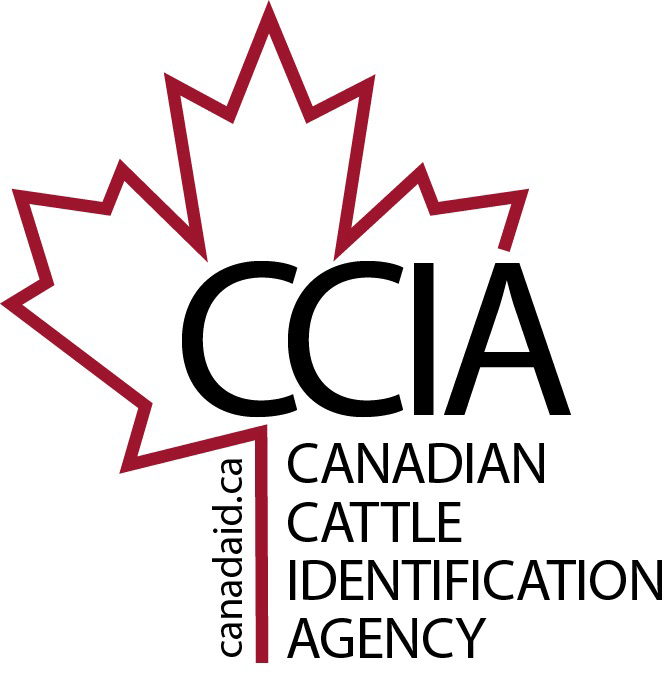AB Direct - Steers
Rail: 495.00-500.00 del
AB Direct - Heifers
Rail: 495.00-500.00 del
US Trade- Steers
Rail: ---
US Trade - Heifers
Rail: ---
Canadian Dollar
0.12
UHF tag numbers now supported in national tracking database
Responding to a need brought forward by industry and under the direction of the Board of Directors, Canadian Cattle Identification Agency (CCIA) has just launched an initiative that links non-approved Ultra High Frequency Technology (UHF) secondary tags to approved CCIA tags in the Canadian Livestock Tracking System (CLTS) database.
This new feature allows UHF users to link the UHF tag to the CCIA tag, so when either tag is read, it points to the same animal in the database.
“This is a positive step forward in supporting UHF currently being used for management purposes and in some cases, it will facilitate cattle exports and provide accurate information for accompanying health papers,” says CCIA’s General Manager, Anne Brunet-Burgess.
UHF technology is of interest to some segments of the industry where the technology is being leveraged for better record keeping. Some of the potential advantages of a UHF technology-based system include a longer read range and the ability to read many tags at once, making handling more efficient. UHF tags require dedicated reading equipment for this technology. This new feature in the CLTS was made possible with the financial support of Agriculture and Agri-Food Canada under the AgriAssurance Program.
The global standard currently in use for electronic livestock identification uses low-frequency radio frequency identification (RFID) ear tags for livestock. Discussion regarding the move to a new technology that uses ultra-high frequency has been going on for over a decade. While the international standard for a UHF numbering scheme for livestock is still under development, CCIA’s tag pairing initiative makes it possible for industry to get a head start using this new technology. To activate this feature, CLTS account holders must contact CCIA.
The history of tags in Canada goes back to 1998 when the first iteration of the National Identification (ID) program was implemented by CCIA for cattle and bison. For more detail on the evolution of tags and how it all came to be a national program with global ties, see The Story of Tags.
Canadian Cattle Identification Agency is led by a Board of Directors representing 15 livestock organizations across Canada, including: livestock producers, auction markets, livestock dealers, feedlots, veterinarians, and processors. CCIA is the responsible administrator of traceability for beef cattle, bison, sheep, and pending regulation cervids and goats in Canada (except for Québec where CCIA only administers bison and goats).
This article was first published in Volume 2 Issue 5 of ABP Magazine (December 2022). Watch for more digital content from the magazine on ABP Daily.


